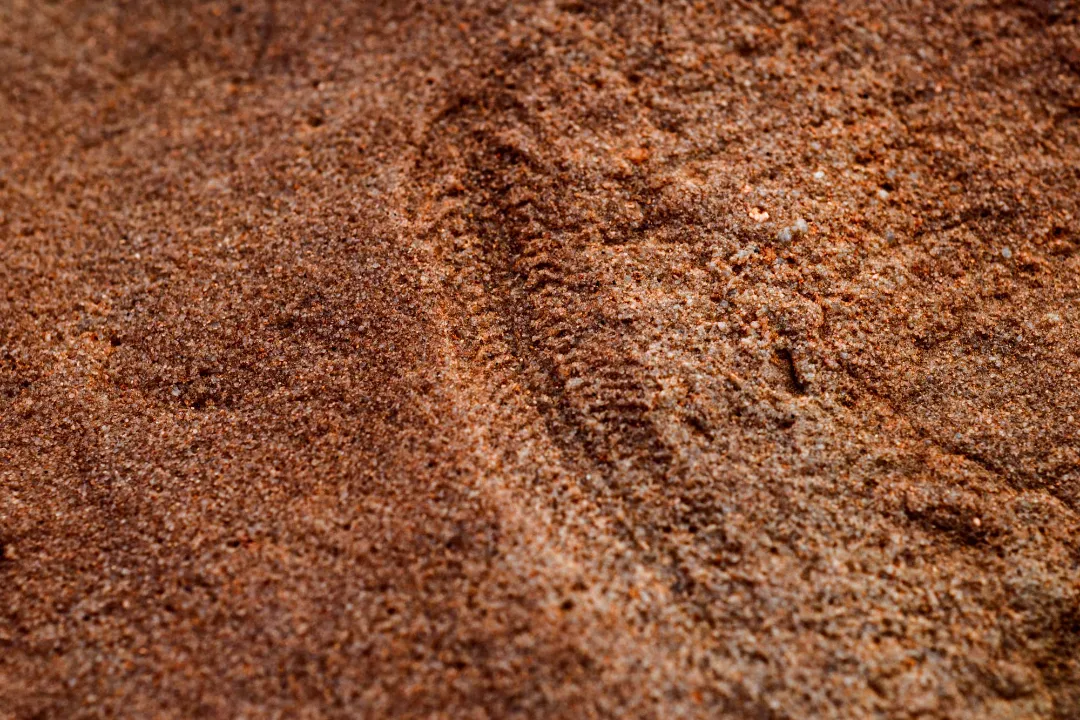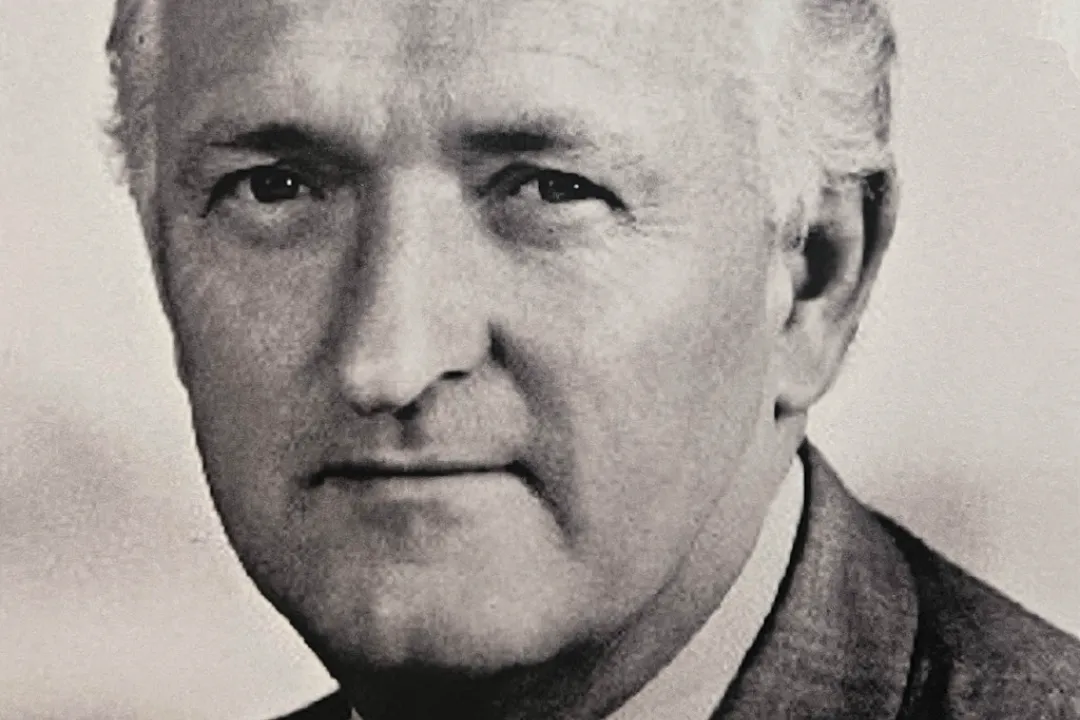
South Australia’s state fossil emblem, Spriggina floundersi, is suitably named after the man who discovered unique imprints in primeval seabeds as he surveyed old mine sites in the northern Flinders Ranges.
This was in 1946, but keen geologist Reg Sprigg had the smarts to realise what they may represent: proof of the earliest known signs of animal life – no less than the first complex multicellular organisms to appear on Earth.
Few scientists went along with this insight at the time. Sprigg wrote a paper in ’48 to support his theory that the fossilised seafloor organisms he found in the Ediacaran Hills could signify a new-found era that preceded the Cambrian Period. It was rejected for publication.
Decades later, Professor Martin Glaessner at the University of Adelaide demonstrated that this ancient biota was indeed Precambrian. Neither man lived to see the Ediacaran Period, recognised in 2004, become the first geological period to be created in 120 years.
Reg Sprigg was also responsible for endowing the world’s most famous Ediacaran fossil with the name Dickinsonia. Those in situ at Nilpena Ediacara National Park and examples on display at the South Australian Museum range in size from a notable 90 cm long Dickinsonia to groups of baby Dickinsonia costata, some of which measure less than a centimetre. Who was Dickinson? Sprigg’s then boss, Ben Dickinson, Director of Mines for South Australia. Not a bad move.
Spriggina floundersi, on the other hand, is a strikingly segmented organism that seems to combine various evolutionary markers, such as a horseshoe-shaped ‘head’ and a ‘tail’. It resembles some of today’s invertebrate arthropods and may have been able to move. It hasn’t been found anywhere else. The uniqueness of this Ediacaran fossil has led it to become the official fossil emblem of South Australia.


Two more friends of science, Sir David Attenborough (who rates the outback Nilpena fossil fields as one of his favourite places) and former US President Barack Obama, also have Ediacaran fossil finds named for them. Attenborites janeae is described as having a raisin-like appearance, and the tiny, ear-shaped Obamus coronatus sports raised spiral grooves. They stand as a testament to the intricate beauty and diversity encapsulated within the Ediacaran biota.
These Ediacaran fossils found at Nilpena offer a remarkable insight into Earth’s transformation over half a billion years ago, when our planet evolved from a microbial world into one teeming with diverse life forms. One can step back in time and walk across the ancient seafloor, where countless fossils reveal a once-thriving marine ecosystem.
What sets these fossils apart is their unique preservation, providing a glimpse of life as it existed during that time. In this early ecosystem, devoid of predators and skeletal structures, soft-bodied organisms thrived, engaging in movement, reproduction, and scavenging activities.
The Flinders Ranges Ediacara Foundation protects this unique Ediacaran fossil heritage while promoting education and tourism, making it accessible to everyone.

SUPPORT US

SUPPORT US
Your support and contribution will be critical in protecting this globally significant site in perpetuity – not just for South Australia or Australia but for everyone. By supporting the Flinders Ranges Ediacara Foundation, you’ll be helping to create an everlasting legacy, preserving one of the most significant pieces of the history of life on earth for now and for future generations.
Since its launch in March 2019, the Foundation has raised significant funds to allow for the State Government purchase of the land holding the fossil beds, to assist with the protection of the fossils and to support the transformation of the historic Blacksmith’s Shop into an immersive Ediacaran interpretive centre.
The next critical step is to work closely with the South Australian State Government to ensure the effective preservation and interpretation of the site and the fossils it contains. To support this ongoing vision for the future of the Nilpena site, we are seeking funding through personal donations, bequests and corporate contributions.




